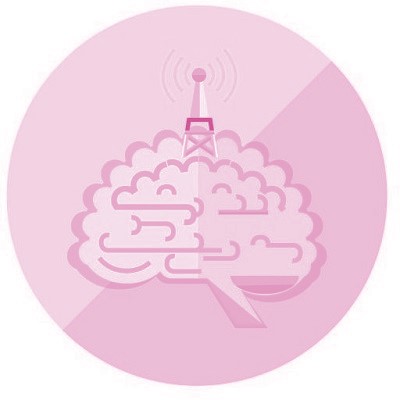 Active and relaxation may seem like two words that do not go together. After all, isn’t relaxation all about doing nothing? Shouldn’t relaxation exercises focus on lack of activity?
Active and relaxation may seem like two words that do not go together. After all, isn’t relaxation all about doing nothing? Shouldn’t relaxation exercises focus on lack of activity?
Well, our understanding of how to relax has evolved as the pace and cognitive demands of our world have changed.
Active relaxation is selecting activities that help you achieve better mental health and a broader sense of personal wellbeing. What you choose depends on which activities bring you this peace, but examples include practicing yoga, going for a walk or hike, swimming, or meditating.
Active relaxation activities should be a priority in your life, so even if you need to put them on your calendar, remember to engage in them regularly.
Why is Active Relaxation Beneficial?
The everyday demands of our lives mean now, more than ever, our brains are thinking about many different things at once, very quickly. With high-speed communications and social media part of our new norm, it can be difficult for our brains to switch back to living in the moment, which is when we reconnect with ourselves and others.
Our neural activity thrives on novelty. Providing your brain with opportunities to slow down and concentrate will seem very novel for most of us, and that is exactly what active relaxation helps you achieve. Active relaxation can help you reduce stress, form stronger relationships, broaden your horizons, lower your blood pressure, and lead a healthier life overall.
Choosing to engage in active relaxation activities by yourself is a way to reconnect with yourself, but active relaxation can also be about connecting with someone else. Spending time with those you care about has relaxing benefits, too, and by engaging in an activity together, you are both reaping the benefits of this powerful technique.
How Can I Find the Right Active Relaxation Activity for Me?
We can categorize relaxation exercises on a continuum from passive to active techniques. Napping is an example of a passive relaxation exercise. Your mind and body are at ease, and you feel more relaxed afterward.
Active relaxation moves beyond passive activities to engage your whole body, generally requiring moving and thinking.
Swimming is an example of active relaxation for some, as it allows you to focus on your own body and thoughts for a specific time without the distractions of life.
Active relaxation is either a solo or group activity that brings you joy and helps you relax. For some of us, that is reading a book, while for others, it might be climbing a mountain. The scope of the activity is not as important as the outcome.
Active relaxation can be something you have done before or something new (remember that novelty benefit). Select a physical or social activity that provides you with positive mental benefits.
Active Relaxation’s Importance Today
For anyone working or raising a family in today’s world of full-time connected-ness, finding ways to decompress and tune out can be very beneficial. But, selecting only passive relaxation techniques that do not challenge your brain to think differently or engage with other people means you are not getting all the benefits of your leisure time.
Strike a balance between active and passive relaxation by trying new things and switching up how you spend your free time.
How we relax is individualized. What is relaxing to you may seem stressful to someone else, so don’t worry about what others are doing. Just focus on yourself. Find ways to get your blood flowing and your brain thinking that help you unwind.
Try different activities until you find a few that help, then engage in those regularly. You will start to notice benefits beyond your immediate change in mood.






